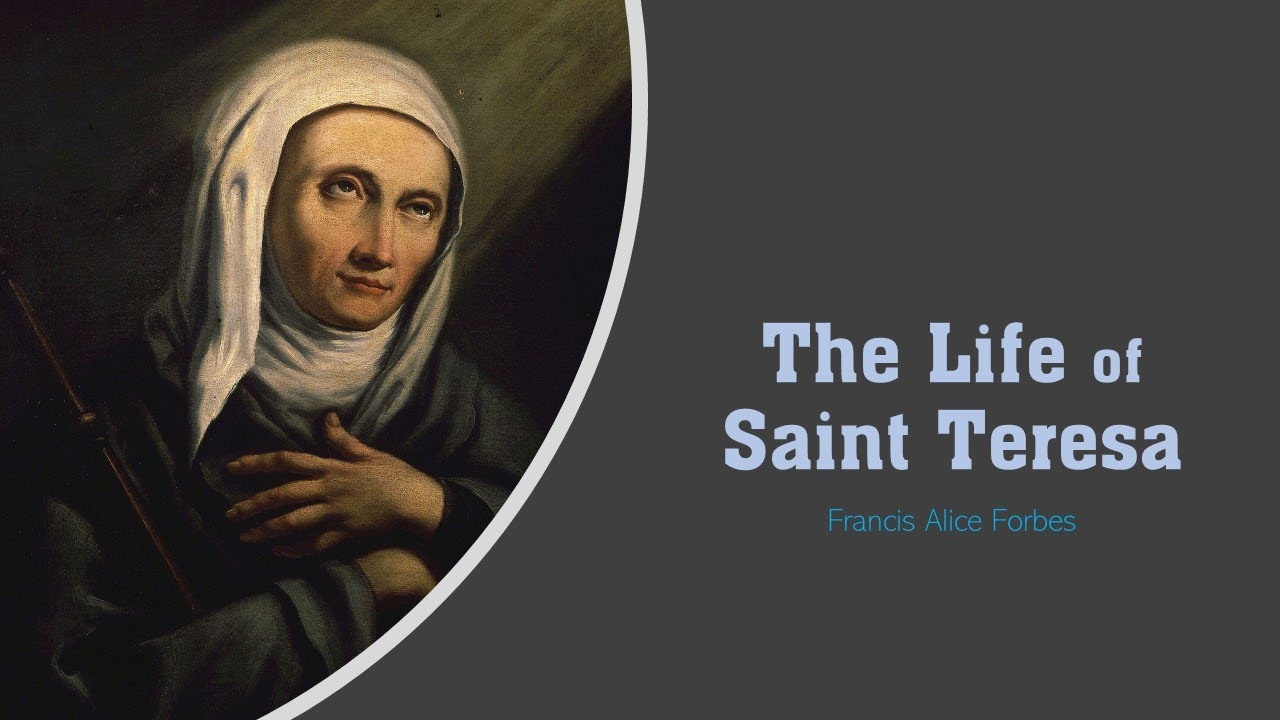Watch on YouTube
This is a story about Teresa of Ãvila, also called Saint Teresa of Jesus, A definitive life of one of the greatest Saints of the church and one of the most appealing women of all time by a master writer. Immensely sane, witty, intelligent, charming and courageous, she is the reformer of the Order of Mt. Carmel, founder of many convents and monasteries, and is universally considered the greatest mystical writer of the Church, for which she was declared Doctor of the Church.
The Life Of Saint Teresa by Francis Alice Forbes
$1.00 Original price was: $1.00.$0.50Current price is: $0.50.
Learn English through stories with subtitles/text
Download Pack include:
• PDF
• EPUB
Pass to unzip /download (if any): ENGlishOnLine.vN
SKU: 1
Categories: Audiobook, eBook, Genres, Level
Tags: å—幕付ãã®ç‰©èªžã‚’通ã—ã¦è‹±èªžã‚’å¦ã¶, Apprendre l'anglais à travers une histoire avec sous-titre, Aprende inglés a través de la historia con subtÃtulos, Учите английÑкий через иÑторию Ñ Ñубтитрами, 를 통해 ì˜ì–´ 배우기, 通éŽå—幕å¸ç¿’英語, english listening, english stories, Francis Alice Forbes, Há»c tiếng Anh qua truyện có phụ Ä‘á», ìžë§‰ì´ìžˆëŠ” ì´ì•¼ê¸°, learn english, learn english through story, Learn English through story with subtitle, listening practice, Luyện nghe tiếng anh, The Life Of Saint Teresa, truyện tiếng anh
Related products
-50%
Audiobook
-50%
Audiobook
-50%
Audiobook
-50%
Audiobook
-50%
Audiobook
-50%
Audiobook
-50%
Audiobook
-50%
Audiobook












